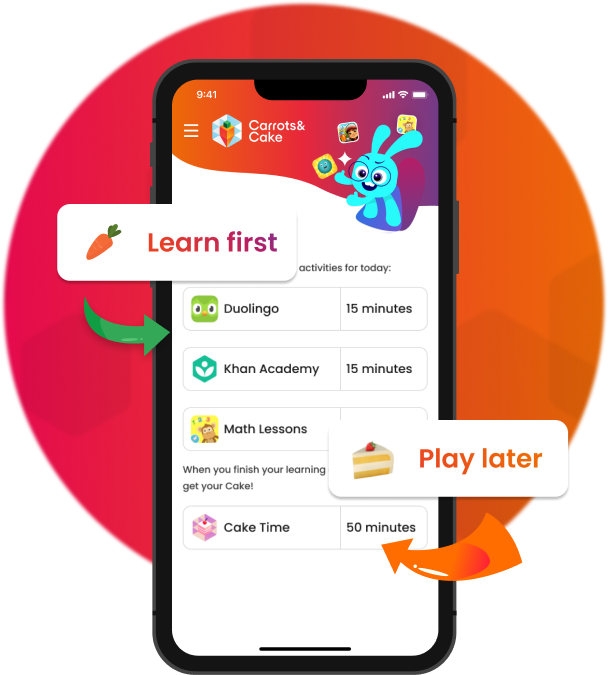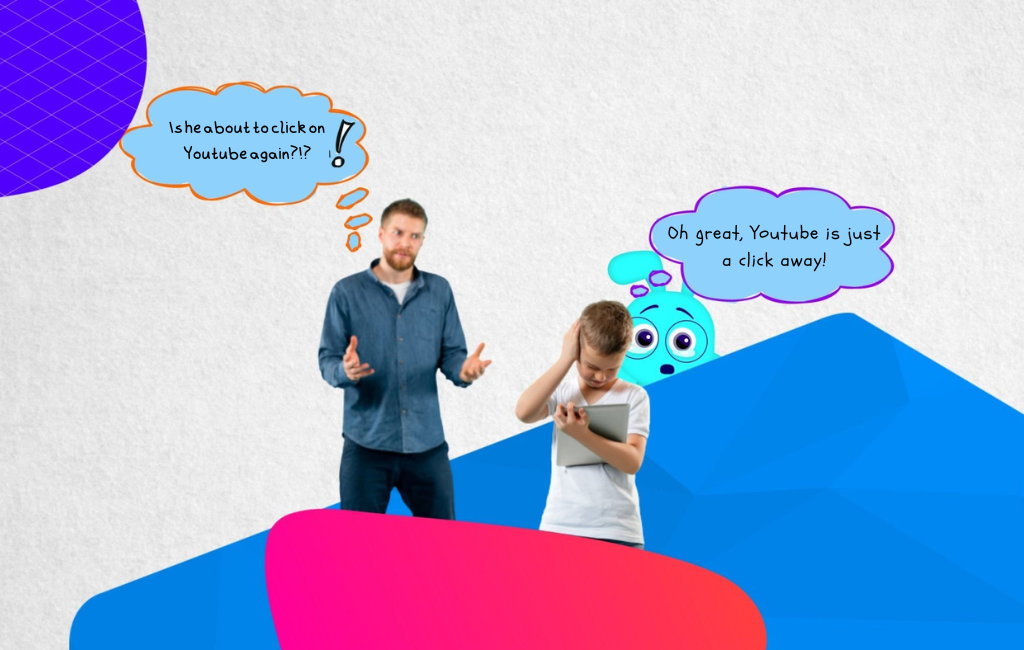


These days there is an app for everything, from grocery shopping to socializing to online learning. And because of that, mobile app development is reaching new heights.
Apps revolutionize the way people live. Take education, for example. Students now find educational material on their phones with a few clicks. They can do their homework, watch lectures, and even complete degrees all via the web.
Online learning has been very popular since the pandemic, leading to an increased need for quality educational apps.
This begs the question: why do educational apps not work as effectively as we want?
Shawn Loewen, a professor of Second Language Studies at Michigan State University, conducted a study examining the learning app “Babbel.”
In this study, he required 83 undergraduates to learn Spanish through the app for at least ten minutes a day for 12 weeks.
Out of the original 83 students who took part, only 54 completed the study.
Loewen saw that a few of the 54 students studied the required ten minutes a day. Many students did not finish an hour a week.
This supports what we know about the relationship between human behavior and learning apps: there is a lack of engagement.

The apps rarely have a strong enough hook that keeps people entertained while learning.
And if the app loses a person’s attention just once, it’s difficult to get that person to willingly return the next day. They will never actively build a new habit.
Loewen then conducted another smaller study.
This involved 9 students studying Turkish for a semester with the help of Duolingo. At the conclusion of the semester, they all took Michigan State University’s Turkish 101 exam.
“The good thing was, we all learned more than we knew at the beginning,” Loewen said. “Nobody knew any Turkish to start with. Everybody knew some things at the end. But nobody was able to use the language communicatively.”
“If you teach people explicitly to memorize vocabulary and grammar rules, most people will learn it,” he continued. “But it’s harder to take that knowledge and translate it into the ability to use language — to speak it, understand what you’re hearing, and respond in an appropriate way.”
Most educational apps are online version of textbooks. They mainly help kids memorize the same information they already have access to in a different format. These apps rarely focus on building skills kids can’t get in school.

Many learning apps don’t fail to feature adaptive learning. This is when the app adapts to the skill level of the child in order to challenge and engage them.
Instead, education apps use pre-set challenges that treat all learning levels the same.
This leads to dull and repetitive content.
A common complaint with educational tech is that it is often distracting.
From pop-up ads featuring the latest addictive game to the knowledge that YouTube is just one click away, it allows kids’ minds to wander.

Quality is critical in reliable products. But for many educational apps design, usability, and effectiveness are often wanting.
Educational apps lack content support. They start off well but rarely get updated, so they lack up-to-date content.
A functional framework is important for mobile education to be successful.
Second, most products lack processing. Many applications simply mirror content that is found in traditional learning tools like textbooks.
This decreases the value and need for these educational apps.
Third, some products lack a scientific and educational foundation. They aren’t built with the base knowledge required to make them effective.
This leads to imprecise information, scientific errors, an unnecessary focus on entertainment, and a visible neglect on education.
Fourth, several products lack user perspective.
Developers design products with simply an idea in mind, but they rarely take the user experience and needs of the users into consideration.
Many apps rely on commercials and in-app purchases to be effective.
For apps whose primary users are children, this is a questionable strategy.
An example to consider:
A child sits down with his device. He thinks for a moment before clicking on the new educational app his parents downloaded.
The child believes he’s ready to focus and engage with the educational content for the first time in a while.
But within 5 minutes of actively engaging with the educational content, an ad pops up. It promotes an exciting new game and prompts the child to download it.
And he does. Now he’s engaging with the game app instead.
Children do not have the focus that adults do. We can see an ad and close it from our screen. Children do not have the same level of focus and prioritization skills.
The usage of educational apps has advantages and disadvantages. But technology isn’t going anywhere. It is up to parents and educators to find a way to integrate educational apps in a useful way. Both kids and their caregivers need to learn how to use educational technology responsibly, effectively, and efficiently. This includes managing screen time and discussing safe internet usage frequently.
When used responsibly, good education apps are a powerful tool for children. But many apps would benefit from improvements. In their report, Hirsh-Pasek et al. (2015) found that five principles are required to improve the educational value of an app:
Sameer Sampat, Co-founder of Global School Leaders, said that he found ‘practical, positive advice grounded in research’ using the app Carrots&Cake.
It is a learning tool that helps parents utilize the most effective educational apps for their children while also helping to shape healthy screen time habits.
Click here to be one of the first people to explore the effect of healthy screen-time management!







